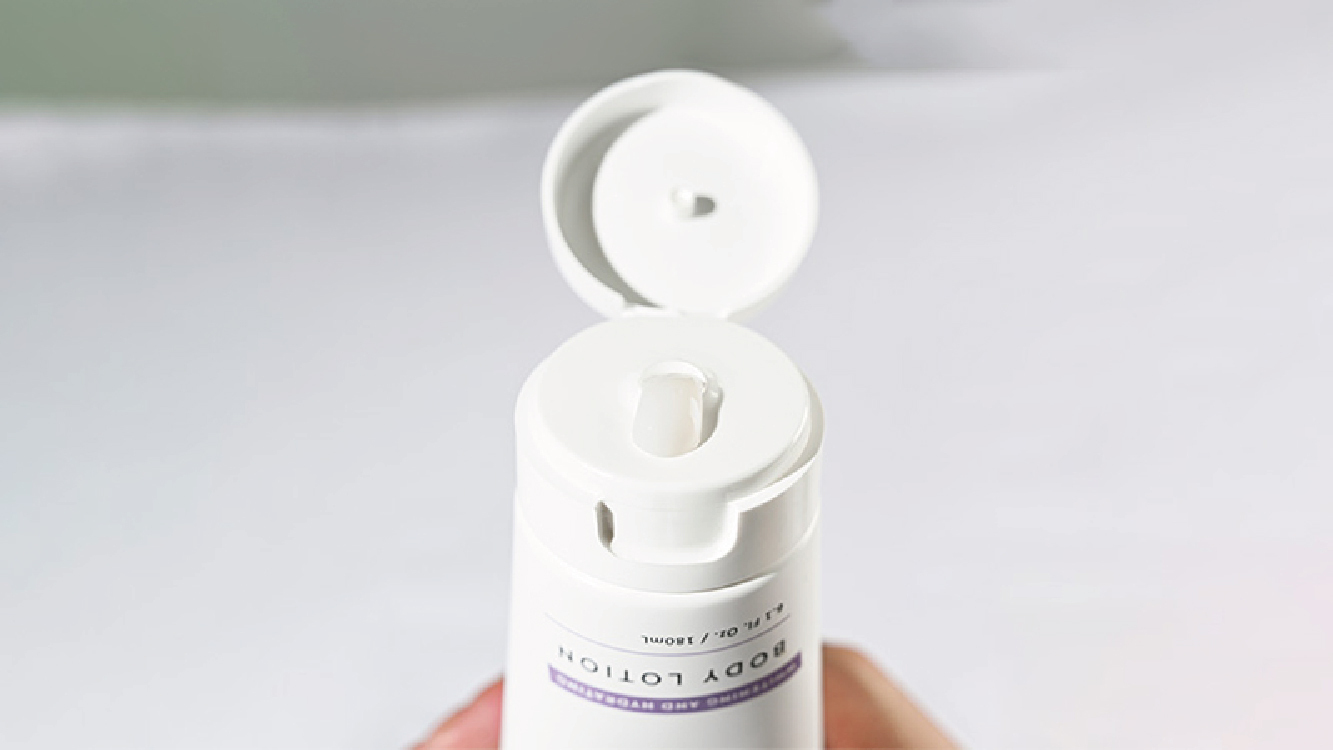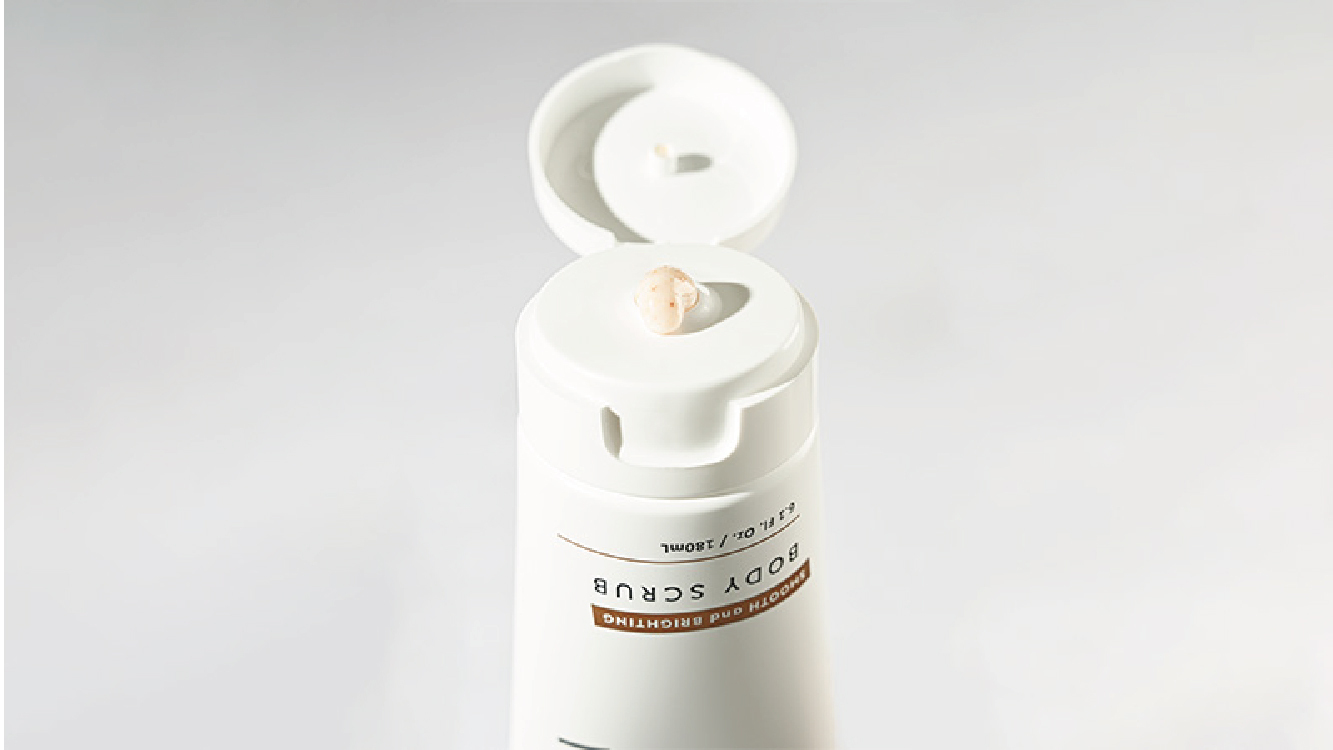The main reason for skin darkening is "melanin deposition." When the epidermis is exposed to UV rays, the skin produces melanin to combat UV penetration. Melanocytes located in the basal layer produce melanin, which is then transferred to keratinocytes, forming a protective barrier that prevents UV rays from reaching the deeper layers of the skin, thus protecting cells from damage.

"Can skin return to its original color after tanning?"
The skin's keratinocytes renew in a cycle of about 28-30 days. Typically, after tanning, it takes at least four weeks, or even over a month, for the skin to return to its original color. The speed of lightening varies from person to person, depending on factors such as skin tone, age, diet, and lifestyle habits.
It's not entirely accurate to say that people with darker skin won't get tanned or sunburned. While those with darker skin have more melanin to help block UV rays, this protection is still below the standard SPF 30 level. Therefore, they can still tan and get sunburned. Regardless of skin tone, proper sun protection is essential.
Is it true that the older you get, the harder it is to return to your original skin color after tanning?
As we age, the skin's self-repair ability declines, resulting in a slower return to its original color after tanning. If the skin is excessively tanned, it becomes even more challenging to lighten. However, if younger individuals neglect skincare and have poor dietary and lifestyle habits, they can accelerate the aging process and increase melanin deposition. So, be cautious—if you don't take care of your skin, you might find it hard to lighten your skin before even aging!
"3 Tips to Restore Your Skin's Brightness!"
After Sun Exposure, Make Sure to Moisturize Properly!If you want to achieve brighter skin, you must prioritize hydration first! After sun exposure, the skin is often very dehydrated, so replenishing moisture and soothing the skin are essential steps. When the skin is adequately hydrated, the body’s metabolic functions can operate smoothly, allowing melanin to be metabolized more quickly. If you notice signs of sunburn, be sure to choose moisturizing products with gentle ingredients to avoid irritating the skin, which can lead to a burning or stinging sensation.
>>Recommended:
Essential Post-Sun Hydration! Infused with Golden Seaweed for Quick Soothing and Repair, Preventing Dryness and Peeling.
Choose the Right Timing for Whitening!After 72 hours of post-sun moisturization, the skin begins to recover. At this point, check for signs of peeling, stinging, or redness that may indicate sunburn. If none of these symptoms are present, you can start your post-sun whitening routine.
Currently, the Ministry of Health and Welfare has approved 13 whitening ingredients for use, with common ones including arbutin, tranexamic acid, chamomile extract, and vitamin C. Their main mechanism is to inhibit melanin production and lighten existing melanin. Depending on your skin type and usage habits, you can choose 1-2 suitable whitening products.
Post-Sun Golden Whitening in 72 Hours!Brightening Glow Lotion for 14 Days of Whitening.
Exfoliation: Prevent Rapid Melanin Deposition.Once you’ve confirmed there are no signs of sunburn, you can begin your post-sun whitening routine while also gently exfoliating to accelerate the metabolism of the melanin already present on the skin's surface. Since sun-exposed skin is relatively fragile, it’s advisable to avoid harsh scrubs during exfoliation to prevent damaging the skin.
>>Recommended:
Gentle Coral Reef Softening Skin Scrub! Removes Dead Skin Cells, Hydrates, and Leaves Skin Smooth and Refined.







